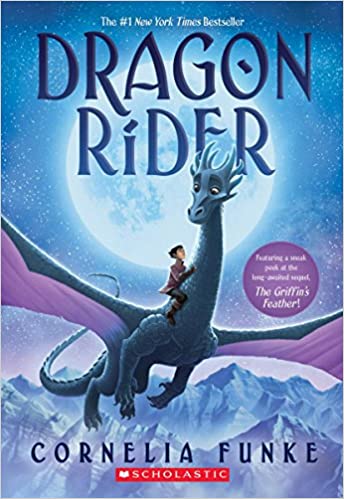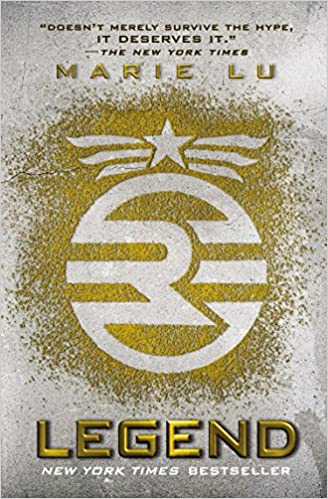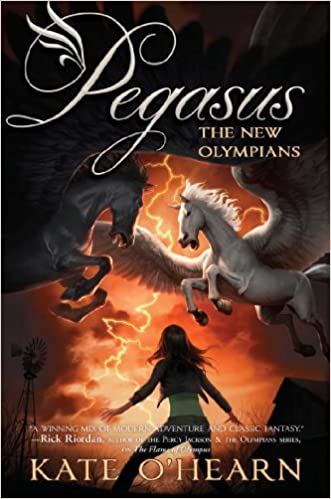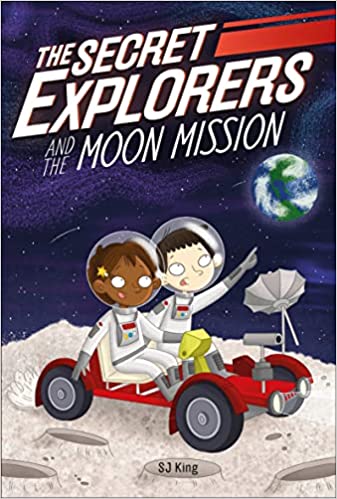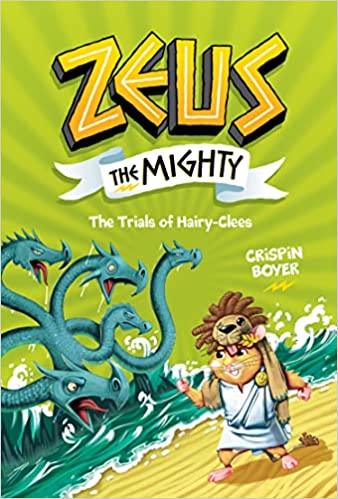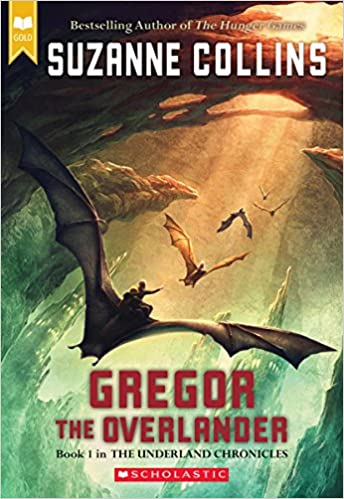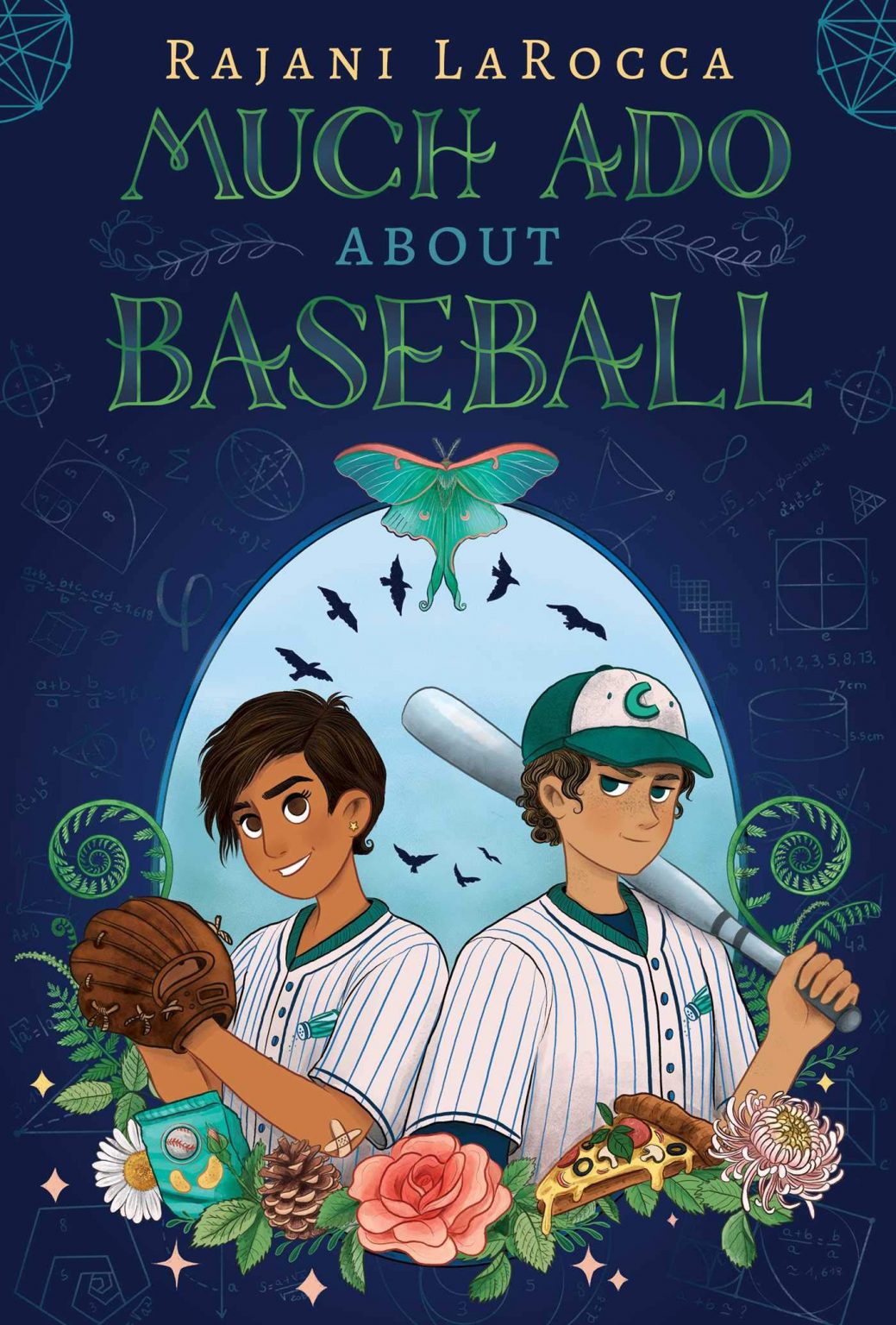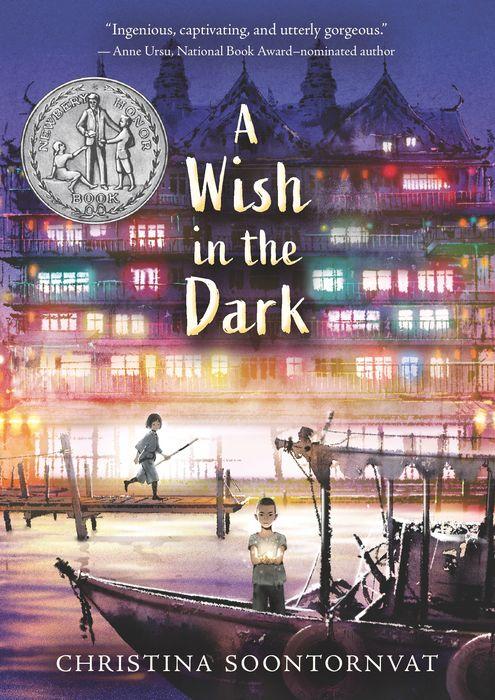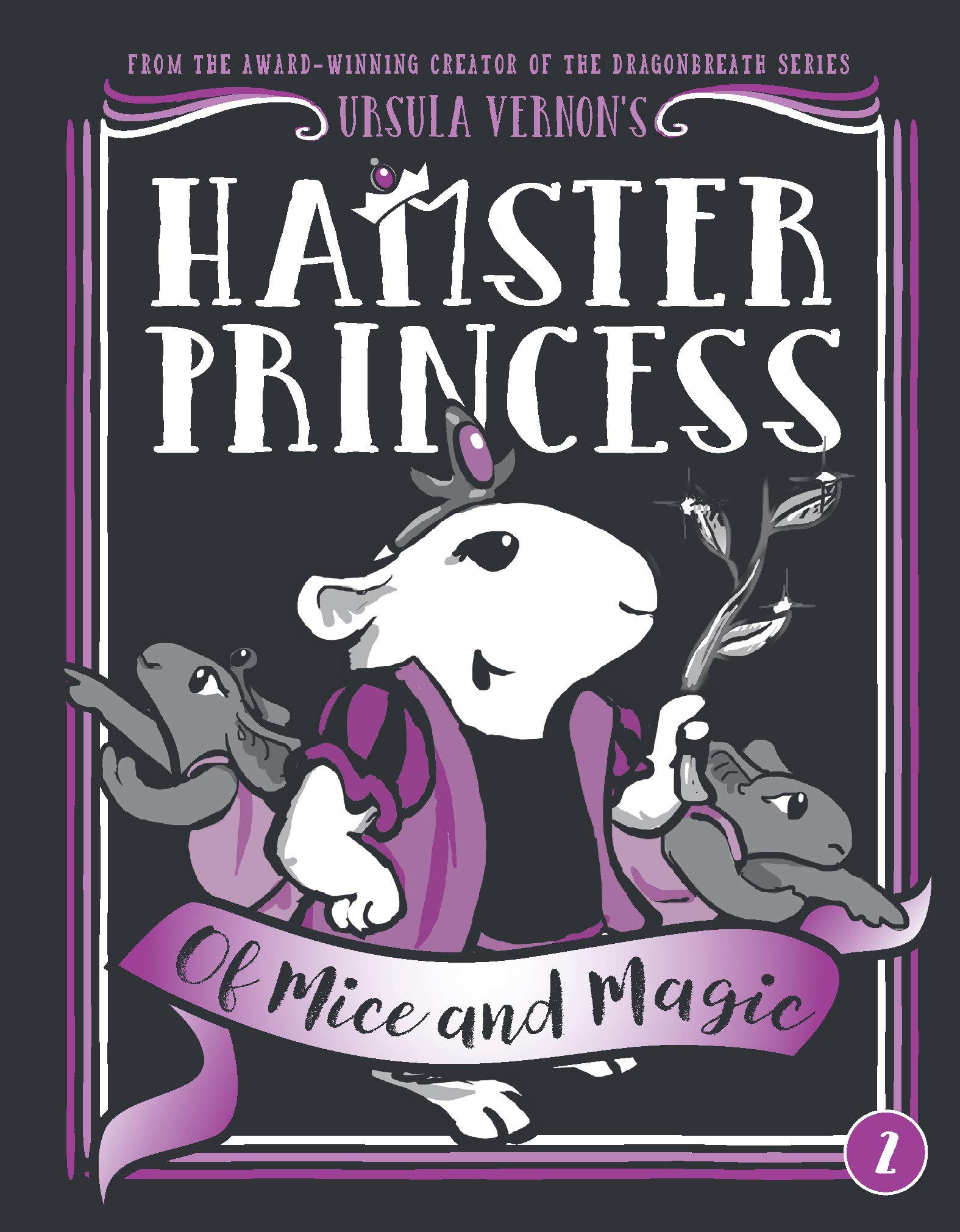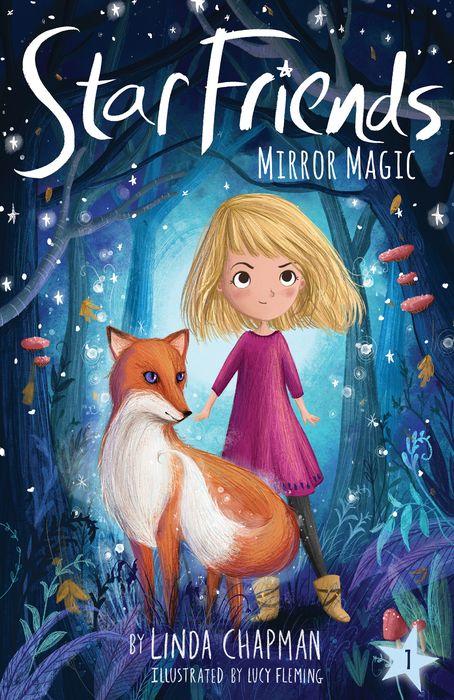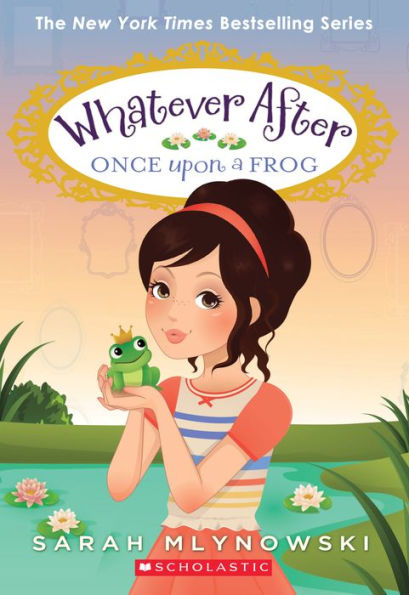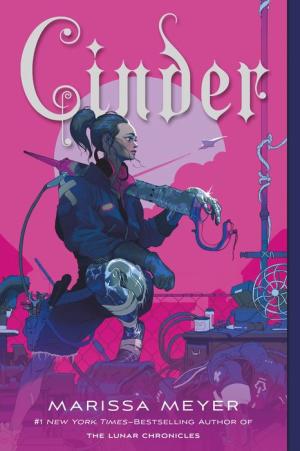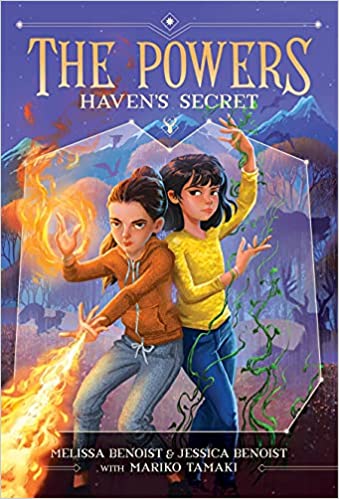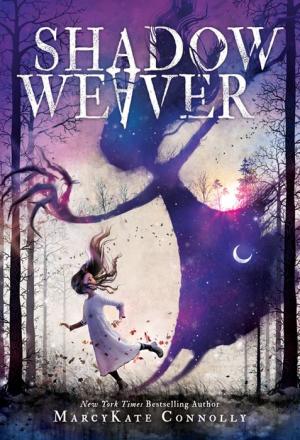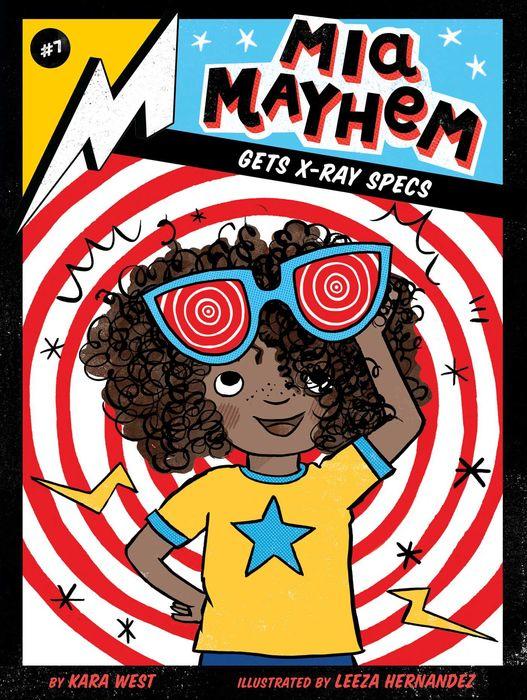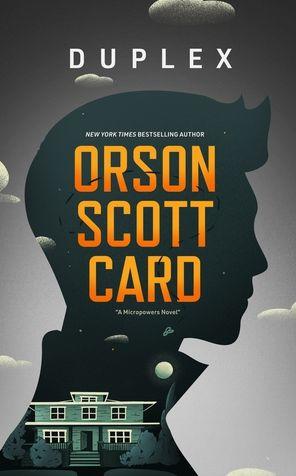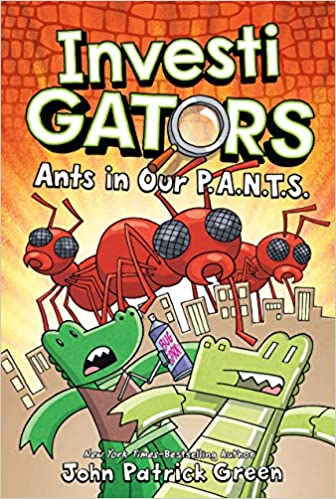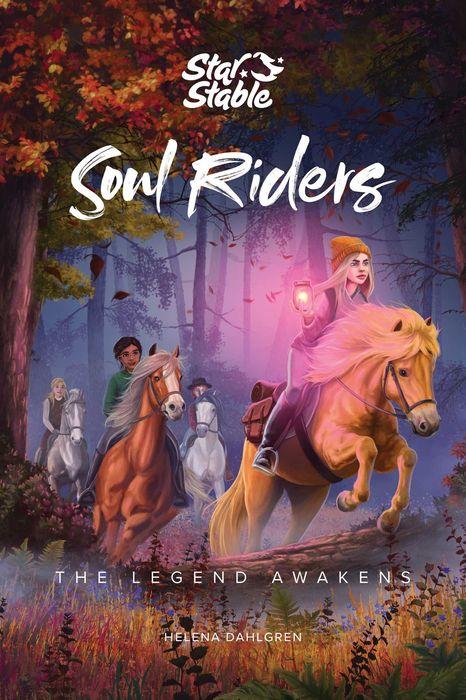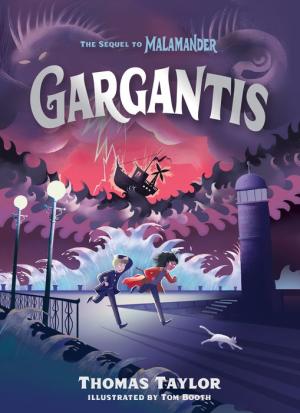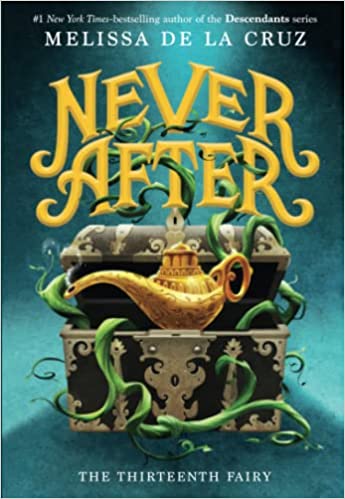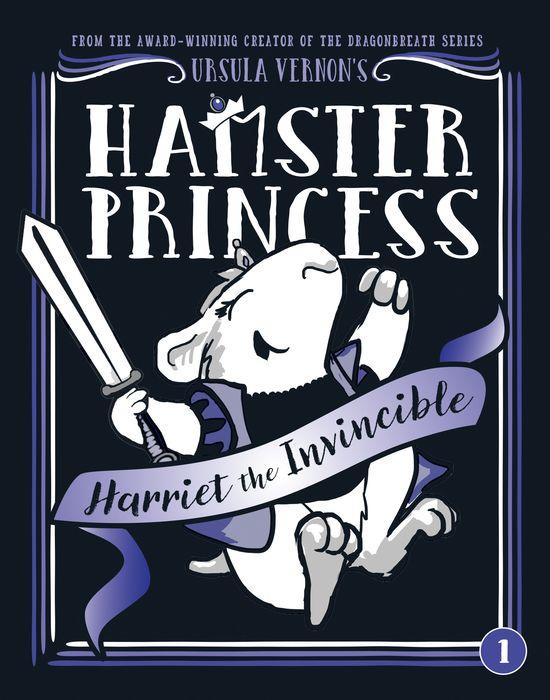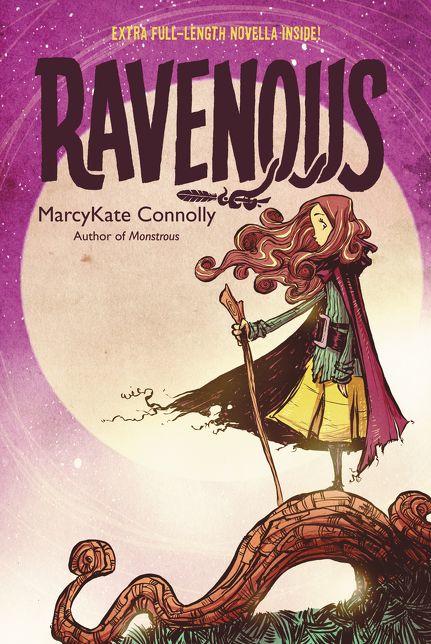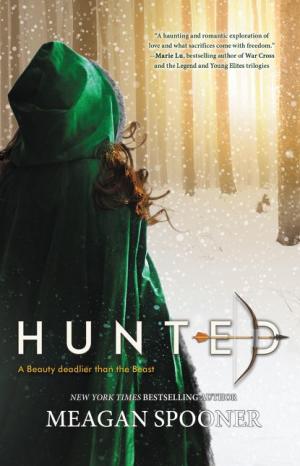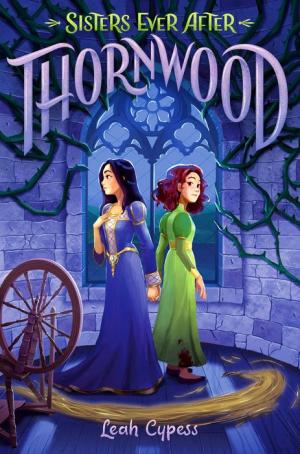Firedrake, a dragon living in a small valley in Nothern Scotland, is stunned when he learns that humans are about to flood his home. Firedrake consults his family of dragons, who tell him of a time past, where dragons lived in solitude in the far east, in a range of mountains called the Rim of Heaven. Since his fellow dragons are unable to hide from the humans forever, Firedrake, along with his brownie companion Sorrel, set out to find a new home in the Rim of Heaven.
As they travel in search of a mapmaker, they encounter an orphaned human boy, Ben, who they take with them on their travels. At the mapmakers, they learn of the existence of “The Golden One,” a fearsome creature named Nettlebrand, a dragon who hunts other dragons and is armored with impenetrable golden scales. Even with the threat of this mysterious creature, the group is determined to continue their journey and find the Rim of Heaven.
Flying over moonlit lands and sparkling seas, they encounter fantastic creatures, summon up surprising courage – and cross the path of a ruthless villain with an ancient grudge who’s determined to end their quest. Only a secret destiny can save the dragons in this enchanting adventure about the true meaning of home.
Dragon Rider is a tale with many twists and turns as the characters meet many new friends and confront countless setbacks on their way to the Rim of Heaven. The story’s focus on Firedrake’s travels does not allow for any real character development. However, Twigleg undergoes the most change since he develops from a spy to a trusted friend. The remaining cast of characters is entertaining as they do their best to protect one another on their misadventures. Furthermore, the characters’ reactions to situations are entertaining. For instance, the brownie Sorrel is full of insults, but she is also full of wit and concern for friends. The blundering yet cruel persona of Nettlebrand contrasted to his timid servants also earns a few laughs, making this story an overall enjoyable read for its humor and adventure.
Dragon Rider will become some readers’ favorite book because of its thrilling magical aspects. But, the many random encounters with magical creatures does not necessarily add to the plot development and the worldbuilding lacks detail. Despite this, the many funny and interesting characters make this story worthwhile. Another positive aspect of the story is that it highlights the need for one to find a sense of belonging which is reinforced by Firedrake’s desire to protect his kin. In the end, all the characters find themselves a new place to belong, but they never would’ve found it had they not gone looking. Dragon Rider will appeal to readers looking for an entertaining story full of adventure and creatures of legend.
Sexual Content
- None
Violence
- Sorrel threatens Rat. “Stop winding us all up like this or I’ll tie a knot in your tail!”
- Sorrel threatens to hurt another rat, Gilbert. “I’ve got a good mind to shut you in one of your own drawers!” Sorrel later says, “I ought to have tied that silly fat podge to his globe with his own tail.”
- It is known that Nettlebrand ate eleven of Twigleg’s siblings, but this is not described.
- Nettlebrand threatens to eat Professor Greenbloom. “Talk away! I’ll eat you any moment now.”
- To escape the Professor, Gravelbeard, a dwarf, bites his hand. It is not injured.
- A sea serpent briefly describes a fight with Nettlebrand. She fought with her sister against The Golden One. “We [the serpent sisters] wound our coils around [Nettlebrand’s] armor and kept [Nettlebrand’s] jaws shut with our bodies. But his golden scales were cold as ice and burned us.”
- Sorrel suspects a raven is a spy, so she strikes the raven with a stone. Since brownie spit is magical, she spits on the stone first, then throws it. “Like lightning, she took aim and hurled the stone into the sky. It flew straight as an arrow to the raven, struck his right wing, and remained stuck to his feathers like a burr. Cawing angrily, the black bird fluttered about, beating his wings violently and lurching around in the sky as if he had lost all sense of direction. Ben watched incredulously as the raven pecked more and more frantically at his wing and finally few unsteadily away.”
- Twigleg describes the consequences of Nettlebrand’s creation. “The more bored [Nettlebrand] was, the more violent and evil-tempered he grew . . . Nettlebrand, in his rage, ate all my brothers . . . [Nettlebrand] ate our maker too. . . but [Nettlebrand’s] still searching for dragons.”
- When he finds out that he’s been betrayed, Nettlebrand threatens to kill Twigleg. “I’ll trample him to death! I’ll crack him like a nut! I’ll eat him alive the way I ate his brothers!”
- Ben is caught by a giant bird who takes Ben to his nest as food for its chick. “Beating his wings vigorously, Firedrake landed on the edge of the nest, as close as possible to where Ben was sheltering. The huge chick retreated in fright. It uttered a hoarse crock and opened its beak menacingly . . . when [the chick] tried lunging at Ben again, the dragon bared his teeth and roared so threateningly that it flinched back in terror.” Ben is rescued before any harm comes to him.
- No one is hurt in the final stand against Nettlebrand. The friends cover him in brownie spit and breathe dragon fire on him, which makes him turn into his original form, a toad. “The dragons swooped toward him. . . their blue fire licked at him, burning his limbs. Nettlebrand stared down at himself. His armor was melting into a sticky, golden sludge. . . White vapor, damp and cold as ice, surged from his jaws. Hissing, the chill escaped his body until he collapsed like a punctured balloon.” A toad hops out of the puddle of gold, unharmed.
Drugs and Alcohol
- During a run-in with sand elves, the mischievous creatures toss around sleeping powder, which affects Ben. The next day, Firedrake asks Ben if he has “slept off his elfin hangover.”
Language
- Sorrel is bad-tempered. She often uses the names of mushrooms in place of expletives such as “festering fungus” and “putrid puffballs.”
- Some of the characters constantly insult one another. For example, Rosa calls Sorrel a “brainless mushroom-muncher” and says, “What thanks do I get? I have to listen to her silly fur-brained fancies!” Another insult is used later, when someone says, “You leaf-burrowing, mushroom-munching, shaggy-haired brownie.”
- Sorrel calls many of the characters names such as dimwit, idiot, and stupid.
- Sorrel also says that humans stick their “nasty furless noses” in places they don’t belong.
- Sorrel tells Gilbert the rat that he has a “fat little ratty bum.” She also calls him “stuck up.”
- Nettlebrand frequently insults his armor cleaner, Twigleg. He calls Twigleg a “bone-brained homunculus.” He also calls him “beetle-brain.”
- Twigleg does not think very highly of Sorrel. He thinks, “The stuck-up, suspicious brownie! Laughing at him for eating flies, then stuffing her own face with those stinking mushrooms!”
- Twigleg calls sand elves “stupid little things.”
- Twigleg calls Sorrel a “pig-headed, pointed-eared brownie,” and adds, “Do you only ever open your eyes to tell one mushroom from another?”
- Nettlebrand curses Twigleg when he finds out that he’s been betrayed. “That stinking flea! That spidery monstrosity! That sharp-nosed birdbrain!”
- Twigleg calls Burr-Burr-Chan, another brownie, a “great furry fool.”
- Twigleg also calls Sorrel “a stupid, pointy-eared nitwit.”
Supernatural
- The book features talking animals such as Rosa Greytail, a talking rat who lives with the dragons. It also includes many mythical creatures including dragons, brownies, elves, dwarves, fairies, and more. An unknown magical force draws magical creatures together and allows them to speak the same language.
- Dragons in this story are a bit unusual from the typical view of them. They have calm demeanors and live entirely on moonlight. Dragon fire can also cure injuries and bring out the true nature of any creature that has been enchanted by magic.
- Twigleg, one of the main characters, is a homunculus or manikin, a being that is animated by alchemy.
- Brownies are fictional cat-like creatures that walk on two legs and have magical saliva. Some have four or six arms, but Sorrel has two.
- A magical form of communication is used between Nettlebrand and Twigleg in which one of them spits in water and can contact the other.
- Nettlebrand is a dragon created to hunt dragons, made by an alchemist from indestructible metal. The alchemist used the ivory from dragon horns to make gold, which is why he needed a creature to hunt them.
- The group meets a four-armed brownie named Burr-Burr-Chan who accompanies them for some time. “He looked almost like Sorrel, except that his coat was paler and thicker. And he had four arms.” Burr-Burr-Chan explains that he is a special type of brownie called Dubidai who protect the dragons.
Spiritual Content
- The group of adventurers stop at a monastery that worships the dragons. There, Professor Greenbloom talks briefly about reincarnation. “These people [the monks] believe that we all live many lives on this planet. So any one of these children could really be older than the oldest grown-up monk.”
- The monastery also has a temple to “The Kindly Gods” and one to “The Angry Gods” which are mentioned. The Angry Gods, “are said to keep all evil from the monastery and the village.” The evil includes spirits and natural disasters.
by Maddie Shooter
